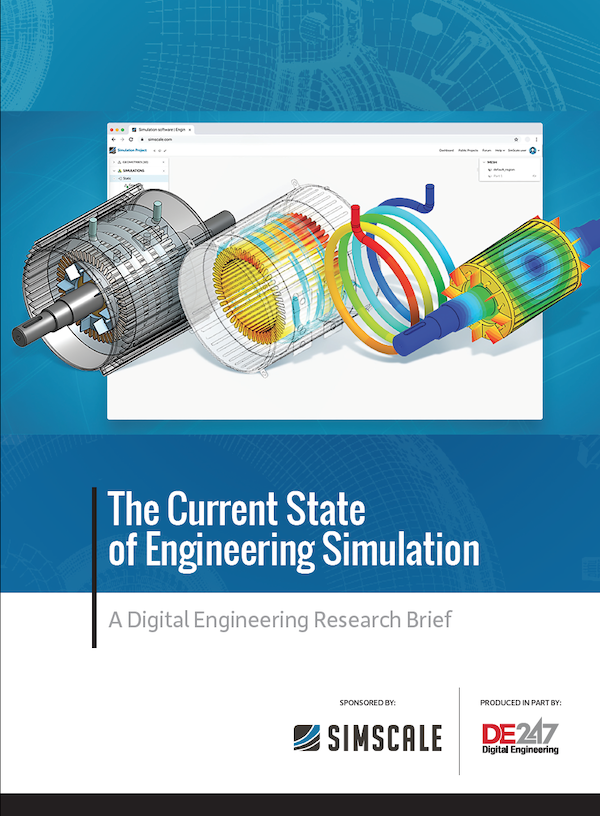May 25, 2010
By DE Editors
With fears of climate change and uncertainty is fossil fuel supplies, nuclear power is re-emerging as an energy source. TrueGrid is helping those providing safety and security for nuclear facilities.
TrueGrid is used to assure the safety of nuclear waste at the Yucca Mountain facility in Nevada. One of the key concerns in the nuclear power industry is the disposal of nuclear waste after the nuclear material has been depleted to the point that it is no longer useful. The facility at Yucca Mountain Nevada has been developed by the U.S. Government to store this waste for many years, until it is no longer dangerous. There were numerous problems that had to be resolved to assure the public that this facility was safe from the dangers of nuclear waste. This city-size facility is embedded in a deep cavern of the mountain within an old salt mine. Measures were taken to assure that moisture would not seep into the storage facility to corrode the waste material canisters. Canisters were designed to withstand the rigors of the storage facility. This required that the air flow through this facility was guaranteed to keep the storage units from over heating. All of these things were done using computer models built with TrueGrid.
TrueGrid is used to form parametric fluid models of nuclear power plant designs by Westinghouse. In one study, variations on an inlet nozzle fuel assembly were generated using a parametric model in TrueGrid to study how each variation in the model impacted the dissipation of the jet velocity profiles. In another example, a TrueGrid parametric model of a Westinghouse 17x17 PWR fuel assembly was studied for insight into the flow arising from the lower core plate hole and the fuel assembly structure. The purpose of another study was to gain insight into the flow redistribution, patterns, and axial velocity profiles from the interaction between various pipeline branches and configurations made possible with a TrueGrid parametric model of a complex piping system.
Fatigue crack growth in pressure vessels and pipes in nuclear power plants, according to the Nuclear Regulatory Commission, “initiate rather early in the plant life. There is about a 50-percent probability of initiating a fatigue crack after only 10 years operation. Over this 10 years, about 50 percent of these initiated cracks are predicted to grow to become leaking cracks.” TrueGrid, with both parametric and automatic capabilities, is part of a larger project utilizing finite element analysis, uncertainty estimate techniques, nondestructive evaluation (NDE) in flaw sensor technology, wireless communications, web-based computing, impact mechanics, and anisotropic material property databases to build crack-growth-based finite element simulation models of impact strength tests of composite structures to be calibrated by periodic real-time NDE flaw growth data. This will make it possible to monitor nuclear power plants and predict failure of pipes or pressure vessels in advance of a catastrophe.
A number of projects used TrueGrid to simulate different aircraft, such as a F-4 Phantom and a jumbo jet, crashing into reinforced concrete walls to determine the survivability of nuclear power plants. TrueGrid has also been used in computer simulations to test various filtration methods for radioactive particles. Several projects funded by the U.S. government analyzed the safety of casks used to transport nuclear waste by train and truck. This includes the use of TrueGrid by the Nuclear Regulatory Commission in their efforts to oversee of the nuclear energy industry in the U.S.
Subscribe to our FREE magazine, FREE email newsletters or both!
About the Author
DE’s editors contribute news and new product announcements to Digital Engineering.
Press releases may be sent to them via [email protected].





